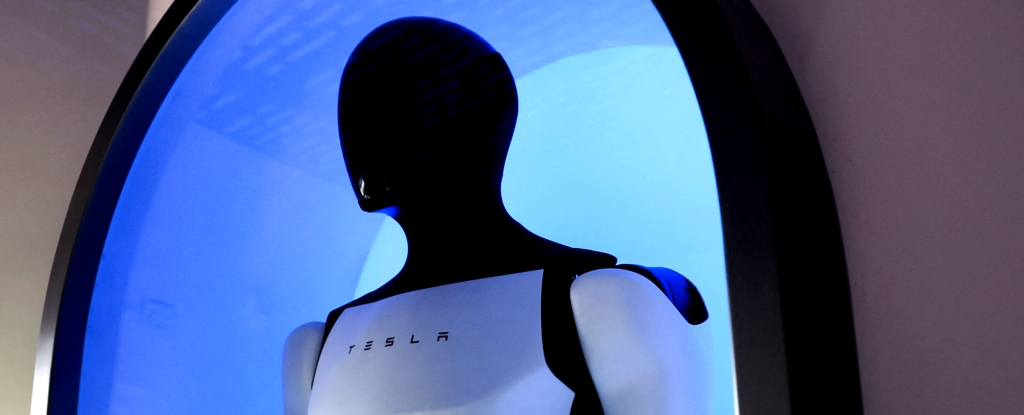Concerns have emerged within the robotics community regarding significant design flaws in humanoid robots. A recent evaluation highlighted issues that could hinder their effectiveness in various applications, prompting calls for immediate attention and rectification. The findings, which were presented at the IEEE Robotics and Automation Society conference in March 2024, indicate that the current path of humanoid robot development may require a fundamental reassessment.
Research conducted by a team from the University of California, Berkeley, revealed that many humanoid robots, including those produced by Boston Dynamics and SoftBank Robotics, exhibit critical vulnerabilities in their design. These vulnerabilities can affect their stability, adaptability, and overall functionality, particularly in dynamic environments where they are expected to operate. The researchers emphasize that without addressing these flaws, the potential for humanoid robots to be integrated into everyday life remains limited.
Identifying the Design Flaws
The study outlined several key areas of concern. One significant issue is the robots’ reliance on rigid structures, which can make them less agile in unpredictable settings. This rigidity can lead to difficulties in navigating complex environments, limiting their usefulness in fields such as healthcare, elder care, and disaster response. Furthermore, the report pointed out that current humanoid robots often lack the sensory feedback required to adapt to real-time changes in their surroundings, which is crucial for tasks that demand quick decision-making.
Additionally, the analysis conducted by the team at Berkeley highlighted that many humanoid robots do not possess sufficient power management systems. This deficiency can lead to shortened operational times and hinder their ability to perform extended tasks without interruption. As the demand for more capable and autonomous robots grows, addressing these energy efficiency issues becomes imperative.
Industry Response and Future Directions
In response to these findings, industry leaders are calling for a collaborative effort to redefine the design principles of humanoid robots. Executives from leading robotics companies, including Boston Dynamics and SoftBank Robotics, have acknowledged the need for innovation in robot design that prioritizes flexibility and adaptability. They are advocating for partnerships with academic institutions and research organizations, such as the National Institute of Standards and Technology (NIST), to develop new frameworks that can guide future designs.
“The insights from this research provide a valuable opportunity for the industry to innovate,” said Dr. Emily Chen, lead researcher at the University of California, Berkeley. “By focusing on creating more adaptable designs, we can ensure that humanoid robots can effectively serve in various roles that require a high degree of interaction with humans and dynamic environments.”
The implications of these design flaws extend beyond technical performance; they also impact public perception and acceptance of humanoid robots. As robots become more prevalent in society, addressing these shortcomings is essential for fostering trust and ensuring that users feel comfortable integrating them into their daily lives.
As the industry continues to evolve, finding solutions to these design issues will not only enhance the functionality of humanoid robots but also pave the way for broader applications. The future of humanoid robotics depends on a commitment to innovation and collaboration among researchers, engineers, and industry leaders.































































